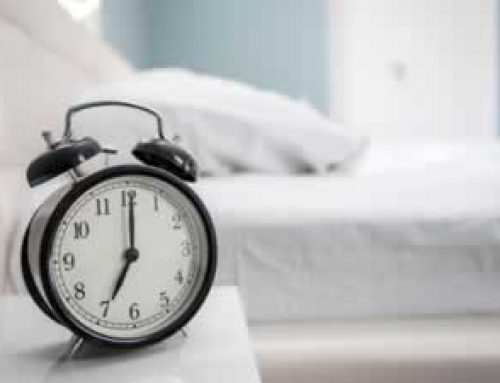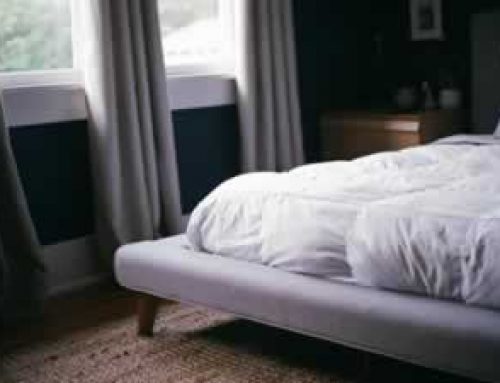5 Surprisingly Effective Ways to Nap + 1 Bad One
We’ve all heard the term “power nap,” but what few realize is the literal truth to those words. Utilizing naps is one of the most significant steps you can take in becoming a successful individual and leader. Naps are ideal for everyone who wants to enhance their performance. They have a considerable effect.
Even if you don’t go to sleep, incorporating a “mindfulness period” or “restful wakefulness,” will help relieve stress and rejuvenate the brain, in turn making leaders more effective and better at their jobs.
A 90-minute nap delivers the most creative benefits, but if you don’t have the time, the 26-minute NASA nap, mindfulness techniques, and other rest periods are encouraged too.
2-5 minutes – The Micro-nap
The micro-map is perfect for when your eyes feel overly tired and you just can’t keep them open. It’s been shown to be surprisingly effective at shedding sleepiness. This kind of nap can easily be done while sitting at your desk. Just set an alarm to wake you up in a few minutes.
10-20 minutes –The power nap
The power nap is excellent when you need to get straight back to work, but sleepiness is dragging you down. If you choose to give your body a rest of 10 to 20 minutes during the day, you will become more productive. The power nap boosts alertness, energy, stamina, motor learning, and motor performance to refresh you so you can get back to work. It also improves muscle memory and clears the brain of useless built-up information, which helps with long-term memory (remembering facts, events, and names).
This length delivers a quick energy boost while still letting you sleep at night. It keeps you in the lighter stages of non-rapid eye movement (NREM) sleep, making it easy to get going afterward.
26 minutes –The NASA nap
This type of nap is best for a day you’ll be working after-hours. The 26-minute nap was proven by NASA research scientists to improve pilot performance by 34% and alertness by 54%. Setting an alarm is critical, so you don’t sleep too long and develop sleep inertia!
30 -40 minutes –The fog nap
Just long enough to cause sleep inertia (a feeling of disorientation, drowsiness, and clumsiness) for up to 30 minutes before restorative benefits kick in. This is caused by sleeping just long enough to drift into slow-wave sleep. Best to avoid, if possible!
60 minutes –The fatigue beater & memory raiser nap
This type of nap is perfect on a day you have an important meeting or a big presentation to give. It helps to improve your communication skills, cognitive memory processing, remembering places, memory, focus, and face and name recognition. It typically improves alertness for up to 10 hours.
It includes the deepest type of slow wave sleep and REM sleep: good for improving perceptual processing. It’s also when the system is flooded with human growth hormone, which is needed for repairing bones and muscles. On the downside, a 60-minute nap can leave you with a light-hearted feeling of a hangover for roughly 30 minutes after waking up depending on where in your sleep cycle you wake up.
90 minutes –The full sleep cycle nap
This full sleep cycle nap is best taken before an impending project deadline or a big test. It helps creativity, emotional memory, and procedural memory.
Since it includes a full cycle of sleep, the lighter and deeper stages including REM (rapid eye movement) sleep are included, typically liked to the dreaming stage of sleep. A nap of this length usually avoids sleep inertia making it easier to wake up.
What are you waiting for? A great nap awaits!







































